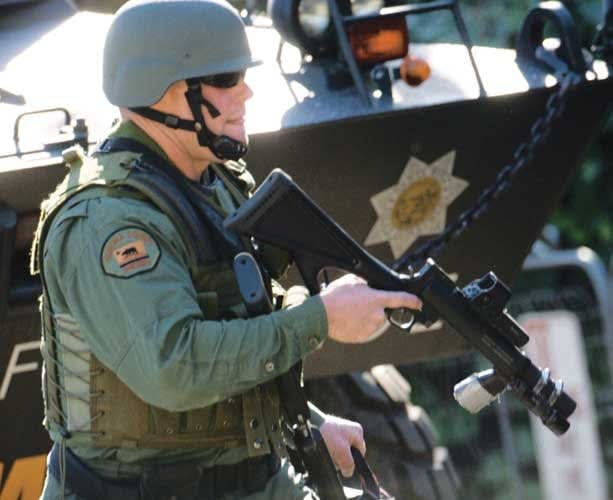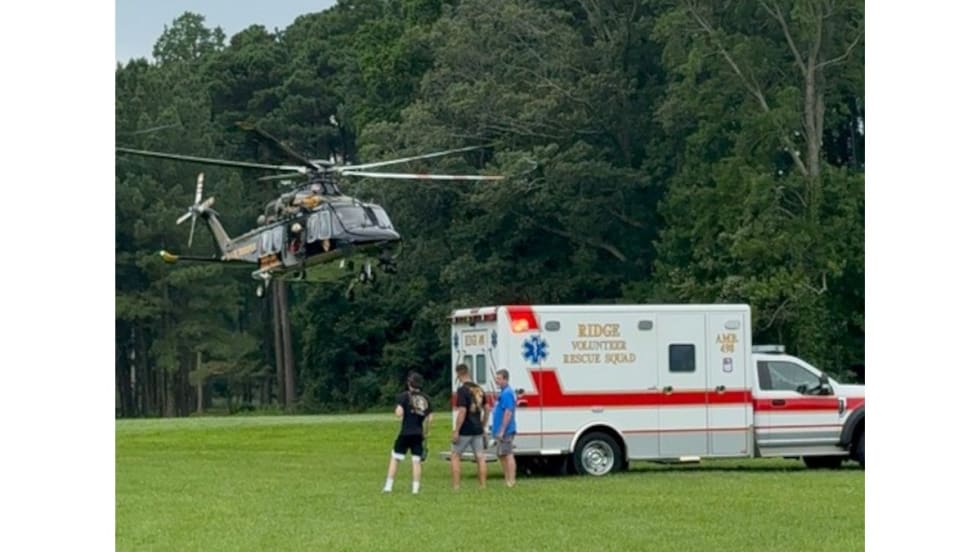Some bone conduction headset technologies in the recent past may not have offered efficient noise reduction capabilities. But manufacturers have now developed systems that offer hearing protection and clear, strong communications.
Television Equipment Associates (TEA) has come out with its DM3H series of tactical headsets to address improvements in noise reduction capabilities. Using a foam tip, these headsets offer 29 dBA of protection, compared to 6 dBA with past products.
"Many of the bone conduction headsets weren't considered protective in nature until recently," says Steve Tocidlowski, director of business development for TEA, a supplier of tactical headsets.
Temple transducer systems can work well in loud environments as the audio is received inside the head, allowing the user to wear earplugs to protect against impulse noises that can cause hearing damage, while still receiving audio.
Peripheral hearing is another important trend that law enforcement agencies want in headsets, and it also affords hearing protection benefits, Tocidlowski says. Some tactical headsets now come equipped with external microphones that muffle loud sounds and offer protection while still giving officers situational awareness. "These new technologies improve clarity, receive signals, and enhance peripheral hearing," Tocidlowski says.












